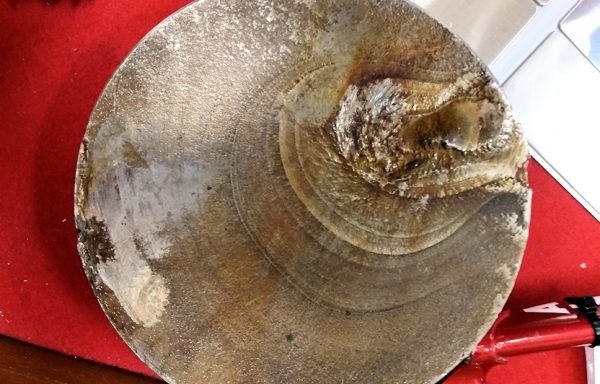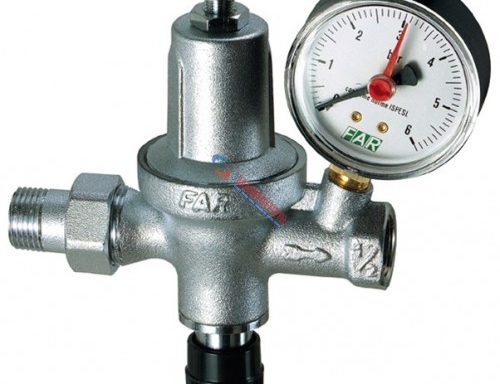
This course aims to provide general and detailed information on specific computational methods and advanced computer programs are applied by the students for: a) the determination of the structure of complex systems using basic principles with the Reverse Monte Carlo (RMC) simulation method, b) determination of the properties of molten systems using molecular dynamics methods (Molecular Dynamics, MD), c) solving complex and multiparametric computational fluid dynamics (CFD) problems using ANSIS Fluent tools and/or COMSOL Multiphysics, d) the study and prediction of phase and microstructure transformations and their kinetics in liquid/solid and solid/solid systems in industrial alloys using modern methods and simulation software (CALPHAD, Thermo-Calc®, DICTRA, MICRESS®).
The course briefly describes the relevant theoretical background while providing an initial approach to advanced simulation methods applied in Metallurgy and Materials Technology that can be used in various aspects related to the structure and transformations of materials based on basic principles, principles of fluid dynamics, thermodynamics and chemical kinetics. It includes the following
- Structure calculation with Reverse Monte Carlo. X-ray and neutron diffraction. Calculation of structure coefficient and pair distribution functions. Analysis of the RMC optimization method. Calculation of structure of melts, fluids, glass and crystalline materials.
- Molecular Dynamics simulation (MD). Introduction to molecular dynamics simulation and case studies. Basic principles of statistical engineering. Potential functions, supercells, periodic conditions and calculation of the dynamic energy function. Equilibrium statistical sets (micro-normal, normal and isotherm-equilibrium). Correlation of equilibrium statistical sets with equations for calculating thermodynamic properties. Molecular dynamics simulations. Algorithms for solving dynamic equations and basic principles for solving. Analysis of results (particle orbits) for the calculation of structural, dynamic and thermodynamic properties (density, viscosity, electrical conductivity, dielectric constant, etc.). Simulation of metallurgical materials using computer packages (eg slag, ferro-nickel, etc.)
- Computational fluid dynamics (CFD). Introduction. Equations of conservation of mass, momentum and energy. Analysis of incompressible and compressible fluids. Study of the basic turbulence equations. Finite differences and finite volumes. Navier-Stokes equations and assumptions. Methods for discretizing conservation equations. Simulation of metallurgical systems using finite volume computer codes.
- Introduction to the CALPHAD method for the calculation of thermodynamic equilibrium.
- Computational methods of kinetic phase transformations. Basic concepts regarding diffusion. Introduction to moving interface simulation. Analysis of Sharp Interface, Mixed – mode and Solute Drag models. Analysis of local equilibrium conditions.
- Computational method of phase-field microstructure evolution. Introduction to the phase-field model. Simulation of liquid-solid phase transformations, solid-solid. Investigation of recrystallization and grain growth phenomena.



